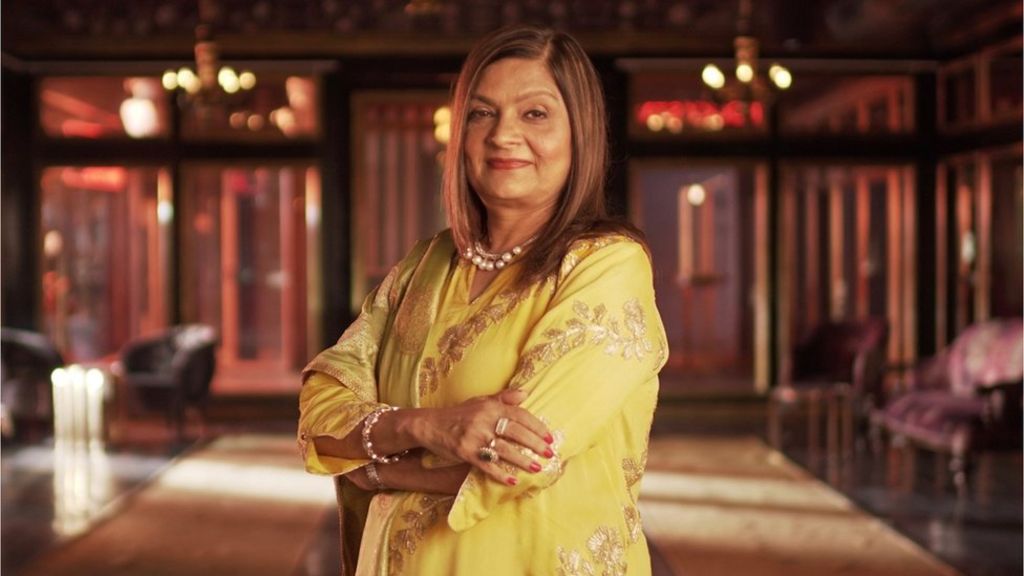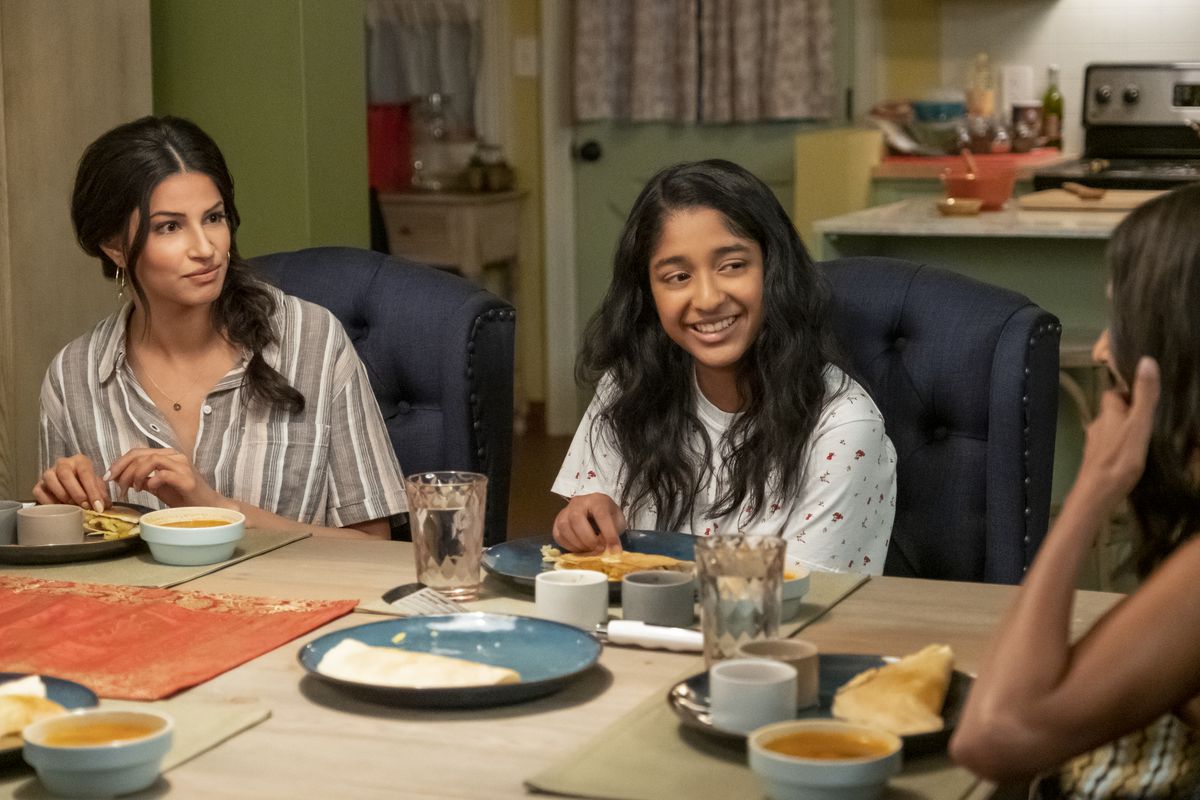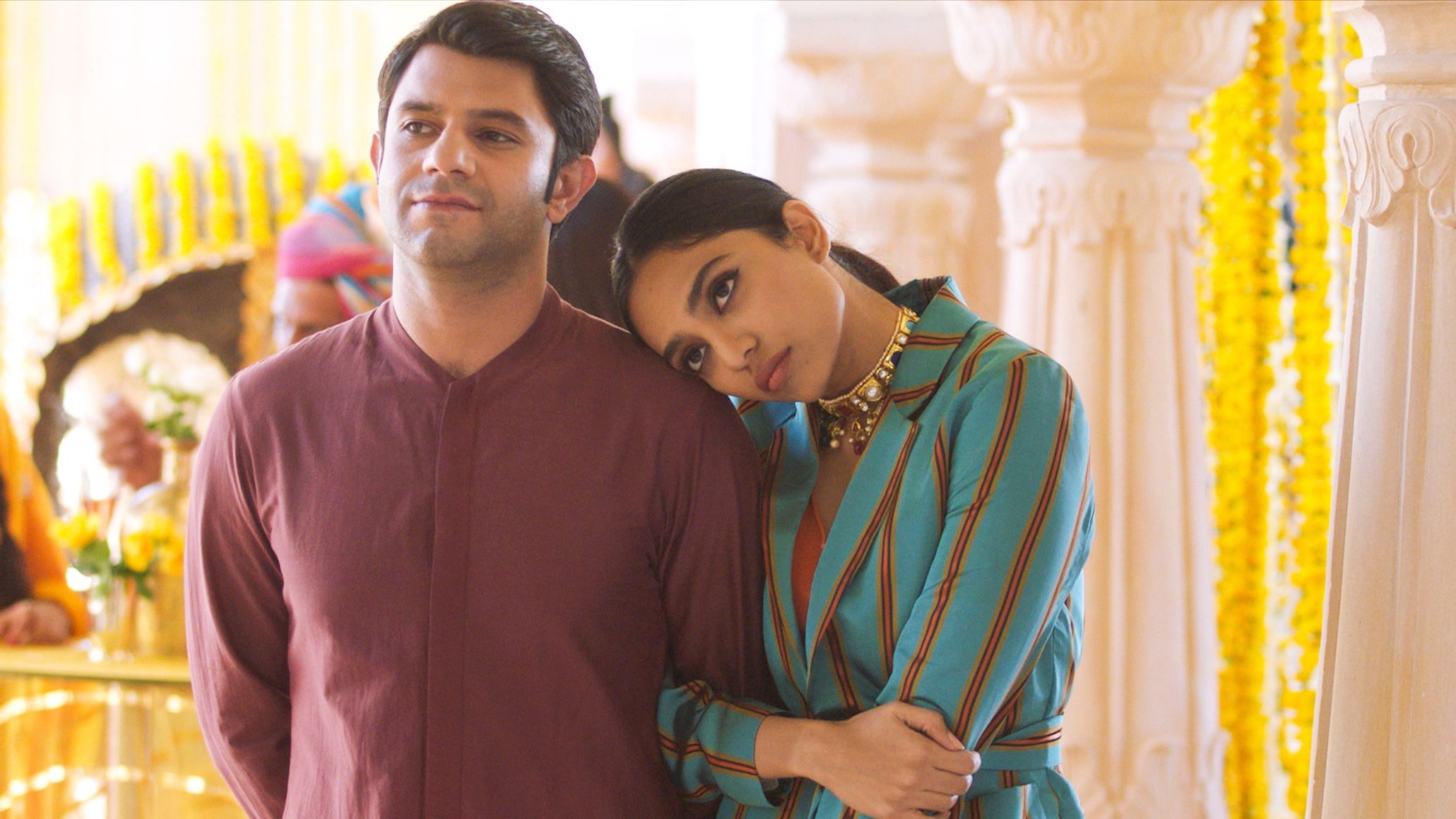Noomi heaves a long-awaited sigh of relief, and she states, “Veer was a mirror that made me seem beautiful.” This poetic instance is one of many in Naheed Patel’s debut novel, A Mirror Made of Rain, which traces the coming-of-age of Noomi Wadia from her childhood in the small village of Kamalpur to her migration to Mumbai and later to New York City. In bustling, cosmopolitan Mumbai, Noomi’s soul harmoniously mirrors Veer’s, comforted by her new partner’s unflinching demeanour as she tells him of her mother’s battle with alcoholism.
Momentarily, Veer interrupts the protagonist’s relentless struggle to manage her family’s image and field the scathing comments hurled at them by community members in Kamalpur in response to Asha’s addiction. However, do not let romance lead you astray, for Noomi’s encounter with Veer outside an ATM in Mumbai – followed by their burgeoning romance and tumble into married life – is not the only story told in A Mirror Made of Rain. On the contrary, it occupies just a few of the novel’s many pages.

Naheed Phiroze Patel
A Mirror Made of Rain
Fourth Estate India (May 2021)
Though Noomi is the narrator of Patel’s novel, it would be reductive to describe A Mirror Made of Rain as a story about her independent journey to find her way out of an increasingly difficult familial context until her arrival in the US. In my view, the novel’s beauty lies precisely in the multigenerational and multilayered story that Patel weaves together, tracing Noomi’s experience backward and forward in time to illuminate the broader picture of three generations, headed by Zal Papa and his wife, Lily Mama, who attempt to maintain their business and their reputation in Kamalpur.
Our story begins long after their favourite son, Jeh, is wedded to Asha, whose alcoholism is sparked by the miscarriage and the loss of a baby boy during childbirth, only six years after Noomi’s birth. The novel opens with Asha at the centre, unable to attend the birthday of prominent socialite Sheila Seghal due to her high levels of intoxication.
Her only daughter, Noomi, and husband, Jeh, are then tasked with inventing the family’s excuse for not showing up together. “Asha’s not feeling well,” they state repeatedly, though they know it is impossible to hide the reality of Asha’s illness.
As is perhaps suggested by the title, the novel’s portrayal of the difficult entanglements within the Wadia family calls attention to the perilous and insidious effects of valuing appearance as the prime cultural and social commodity.
Through Noomi’s eyes, we glimpse the debilitating effects of the Kamalpur community’s obsessions with purity and perfection and the disproportionate responsibility that falls onto young girls and women to maintain these appearances. For instance, while Noomi is expected to fast for her husband’s well-being, maintain a small and respectable social circle, and consume respectable amounts of food and beverage, many men in her life are free to live with almost absolute impunity. Even when their behaviour violates the physical boundaries and bodily autonomy of those around them, as is the case with Sheila Sehgal’s son, it is Noomi who is explicitly blamed and implicitly carries the shame of transgression.
In this sense, A Mirror Made of Rain is bold in its critique of the double standards that exist for men and women, socially, and through this range of familial encounters – from birthday parties to engagement parties, weddings, meetings with Veer’s parents, welcome home celebrations for Asha – Patel renders an unmistakable picture of the invisible, tiresome labour performed by the women who must be seen and not heard, serve without question, and consume within reason. Remain pure at all costs, the message rings loud and clear.
I met A Mirror Made of Rain’s author, Naheed Phiroze Patel, while Taking a class at Barnard College on translation. Patel was the first member of our group of teaching assistants to take down my email, add me to the list of collaborators, and share the necessary information regarding our responsibilities for the upcoming semester. I soon learned of her formidable writing and translation abilities, showcased beautifully in the clean, crisp prose with which she resists any impulse toward prudishness, purity, or shyness as she crafts this story.
As a second-generation South Asian in the US, I found myself comforted by Patel’s references to the black kajal that my grandmother used. I was tickled by Noomi’s snarky comments about Indian vegetarians who refer to themselves as “pure vegetarians”. I felt pangs of empathy while reading all the scenes in which Noomi’s rage bubbles beneath the surface of her calm, polite demeanour. The beauty of Patel’s prose resides in how these small details are woven into the larger narrative and resonate with readers like me, removed from India, but still angered by the cultural and social focus on female purity, goodness, and politeness over other indicators of well-being.
Reading A Mirror Made of Rain made it clear to me that the cost of the cultural obsession with appearance, purity and perfection is simply too high. As Asha’s struggle inevitably becomes Noomi’s, it is impossible to separate the mother’s debilitating depression and substance-use issues from her daughter’s struggles with the structural inequality between the sexes that leads Noomi herself to hide bottles of vodka in her suitcase and escape to her room during family meetings for a bit of liquid courage.
Patel constructs substance use as intimately tied to these two women’s anger and pain, and their struggle to survive in a community that fixates on their aberrant behaviours and lacks the analysis and compassion for supporting them through unpredictable and often devastating life experiences.
Additionally, the reader gets a special glimpse of the lack of resources for dealing with the roots of these issues when Asha returns from a rehabilitation clinic, a stay mandated by Zal Papa and Jeh, and screams, “Do you know how they treat women in those places, Jeh?” Beyond the story of familial struggle, Patel’s nuanced story-telling in A Mirror Made of Rain obligates the reader to consider how these unequal, gendered relations often permeate medical institutions and prevent individuals like Asha from receiving the care they need.
This book makes an excellent case for why mental health education and advocacy is of critical importance in South Asian communities, both in India and in the diaspora – where individuals and families attempt to reconcile intersecting cultural narratives, values, and identities. But Patel does not convey this important message by painting a tragic or sensational story of trauma and substance use. Instead, she sticks with one family’s struggle and traces Noomi’s evolution, revealing the weight of intergenerational trauma placed heavily upon her shoulders that leads her to develop her own self-destructive cycles, until she makes a concerted decision to change.
If you’re looking for a happy, light ending to the Wadias’ story, A Mirror Made of Rain may not be for you. However, if you are prepared to sit with the complexities that surface in this intricately woven story about growing up, loss, escapism, and migration, this novel could provide a window into the liberating possibilities of shifting our focus away from the questions of “Log kya kahenge? (What will people think?)”, popularised recently by Hasan Minhaj in his comedy TV sketch Homecoming King and toward a more holistic vision of our mental and physical well-being, both personal and collective.
Sowmya Ramanathan is a visiting assistant professor in Hispanic Studies at the College of William & Mary.








